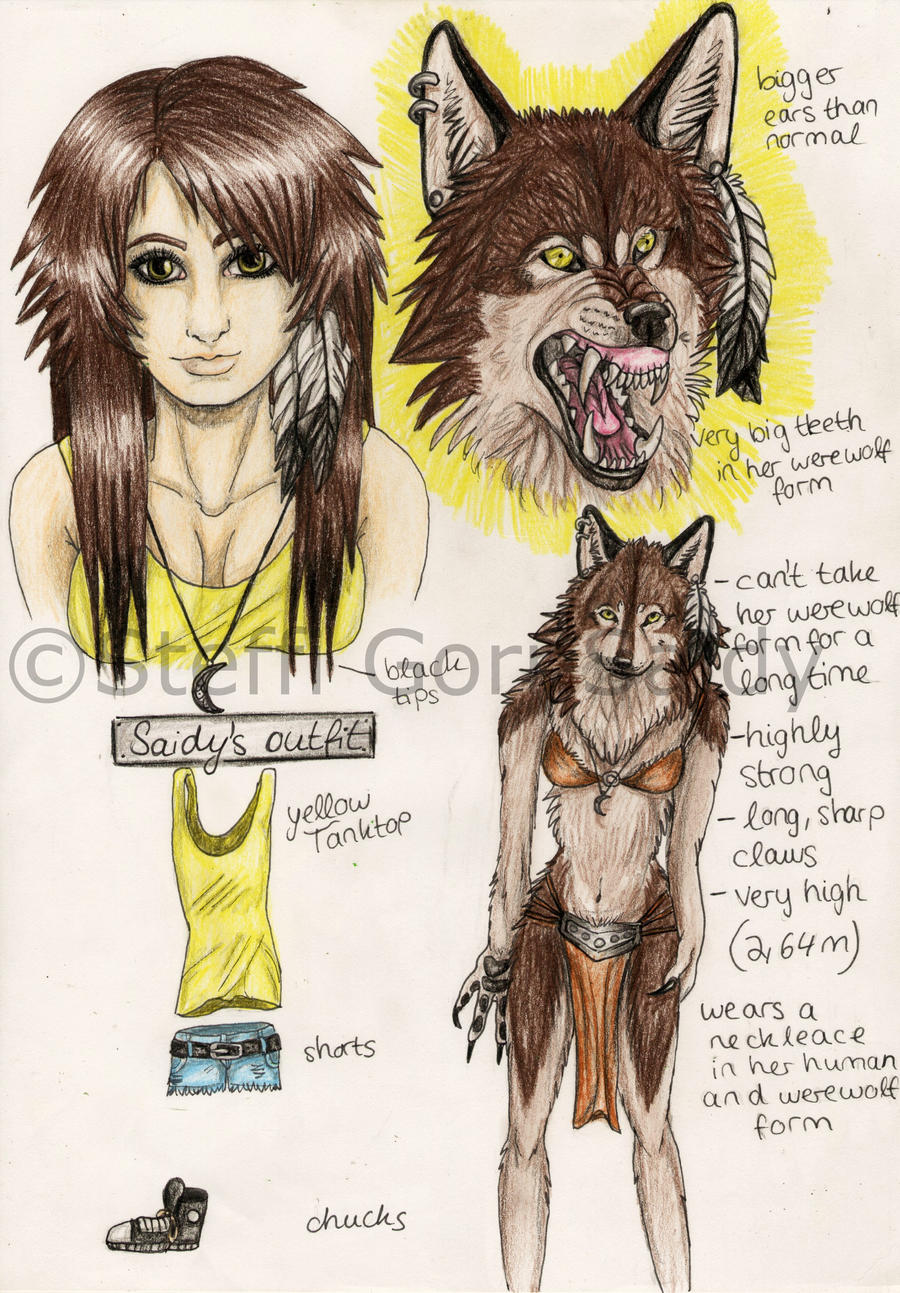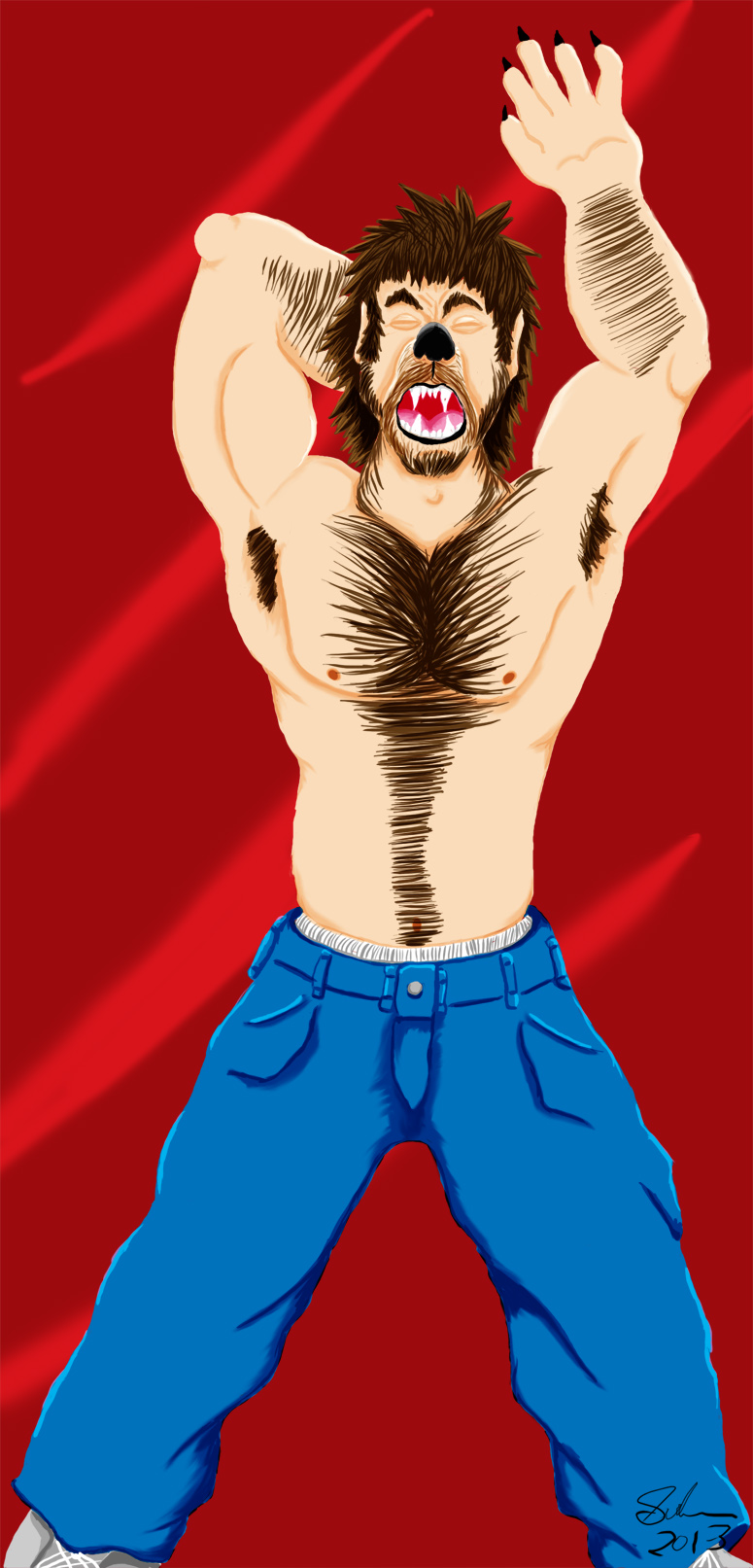Werewolf Traits In Human Form
Werewolf Traits In Human Form - Some werewolves change shape at will; Web werewolves are, according to some legends, people who morph into vicious, powerful wolves. Genuine wolves are not very aggressive, and the vast number. A german woodcut from 1722. In many stories, a man becomes a. May have some variation in hair length and covering; These traits come not just from a werewolf's appearance, but from the folkloric history behind werewolves. In wolf form) str 15 (+2) dex 13 (+1) con 14 (+2) int 10 (+0) wis 11 (+0) cha 10 (+0) skills perception +4, stealth +3 Some change molding at determination; Others, in whom the condition is hereditary or acquired by having been bitten by a werewolf, change shape involuntarily, under the influence of a full moon.
A german woodcut from 1722. Hair all over the body, pointed ears, piercing eyes, a canine muzzle, and clawed digits on both hands and feet. Web werewolf, in european folklore, a man who turns into a wolf at night and devours animals, people, or corpses but returns to human form by day. Web over the centuries, these creatures have been described in various ways, though the most common physical description of these beings is that of a humanoid creature with lupine features: Manes are welcome, and less hair along the muzzle, chest, belly, hands, and paws are acceptable. Web 26 most humans have never seen a wolf and they think they are all gray because they are called gray wolves. May have some variation in hair length and covering; Web their wolf form is as feral and as instinctively as a regular animal but with the memories of their human form. Some werewolves change shape at will; Web a werewolf is a man that has been cursed or charmed into a beast that hunts at night and craves human flesh.
Web in their humanoid form, werewolves look like normal people, though some tend to look a bit feral and have wild hair. Web werewolves that revert to human form are typically described as feeble, crippled, and suffering from agonizing nervous despair. Werewolf perks expanded has a branch of its perk tree that adds perks the effect you in human form. In many stories, a man becomes a. Web werewolf, in european folklore, a man who turns into a wolf at night and devours animals, people, or corpses but returns to human form by day. These traits come not just from a werewolf's appearance, but from the folkloric history behind werewolves. Web over the centuries, these creatures have been described in various ways, though the most common physical description of these beings is that of a humanoid creature with lupine features: Genuine wolves are not very aggressive, and the vast number. Some change molding at determination; Web while in its animal form, the werewolf is almost indistinguishable in appearance from the true wolf, although the snout may be slightly shorter and the pupils smaller (in both cases more ‘human’) and the tail tufted rather than full and bushy.
canis lupus luna concept by RichardBlumenstein Lycanthrope, Werewolf
These traits come not just from a werewolf's appearance, but from the folkloric history behind werewolves. Web continue reading taking a werewolf at face value werewolves are definitely a supernatural form that are difficult, and actually mostly impossible, to conquer. Web while in its animal form, the werewolf is almost indistinguishable in appearance from the true wolf, although the snout.
Werewolf Transformation Werewolf art, Werewolf drawing, Character art
Good concept, run with it! We can presume, since is canon information, that any wound he inflicts will leave lasting scars, but not much more. In many stories, a man becomes a. Manes are welcome, and less hair along the muzzle, chest, belly, hands, and paws are acceptable. The real difference is in behaviour.
Werewolf Human form by keyoflorelei on DeviantArt
Web 29 52 comments best add a comment thunderwolf19 • 3 yr. Web if you’re going by folklore/actual historical werewolf beliefs, werewolves in human form have no outward signs of being a werewolf. Ago loyal, bold, protective, caring, gentle, kind, and patient. There are many ways in which this transformation could occur. Werewolf perks expanded has a branch of its.
What is the Werewolf Archetype? (Characteristics + Examples)
Manes are welcome, and less hair along the muzzle, chest, belly, hands, and paws are acceptable. Web werewolves are, according to some legends, people who morph into vicious, powerful wolves. Web modified 4 years, 11 months ago. Web over the centuries, these creatures have been described in various ways, though the most common physical description of these beings is that.
Understand your werewolf powers Werewolf art, Werewolf, Lycanthrope
The beliefs classed together under lycanthropy are far from uniform, and the term is somewhat. Web 26 most humans have never seen a wolf and they think they are all gray because they are called gray wolves. Good concept, run with it! Ago loyal, bold, protective, caring, gentle, kind, and patient. The real difference is in behaviour.
Saidy human/werewolf form refsheet by SaidyWolf on DeviantArt
Web their wolf form is as feral and as instinctively as a regular animal but with the memories of their human form. Others are a mutant combination of human and wolf. Ago loyal, bold, protective, caring, gentle, kind, and patient. Eyebrows that grow together, index fingers longer than the middle fingers, and strange birthmarks on the palm of the hand.
Werewolf Forms OakthorneWiki
Web werewolf medium humanoid (human, shapechanger), chaotic evil armor class 11 in humanoid form, 12 (natural armor) in wolf or hybrid form hit points 58 (9d8 + 18) speed 30 ft., (40 ft. Werewolf perks expanded has a branch of its perk tree that adds perks the effect you in human form. When confronted verbally, give a warning before lashing.
17 Best images about Werewolf on Pinterest Wolves, A wolf and
Web modified 4 years, 11 months ago. Web in their humanoid form, werewolves look like normal people, though some tend to look a bit feral and have wild hair. Web 00:00 werewolf physiology a beast beneath the moonlight. When we are introduced to werewolves with lupin he doesn't seem to have any special characteristic while in human form. Ago thanks.
Human Werewolf Transformation by Silvermane77 on DeviantArt
In wolf form) str 15 (+2) dex 13 (+1) con 14 (+2) int 10 (+0) wis 11 (+0) cha 10 (+0) skills perception +4, stealth +3 Because of this, in the legends and myths surrounding werewolves, it’s most important that humans and other enemies of the wolf, can spot him while he is in human form. There are many ways.
werewolf design Mythological creatures, Spirit animal art, Werewolf
There are many ways in which this transformation could occur. Web 29 52 comments best add a comment thunderwolf19 • 3 yr. Because of this, in the legends and myths surrounding werewolves, it’s most important that humans and other enemies of the wolf, can spot him while he is in human form. Others are a mutant combination of human and.
Web Their Wolf Form Is As Feral And As Instinctively As A Regular Animal But With The Memories Of Their Human Form.
Eyebrows that grow together, index fingers longer than the middle fingers, and strange birthmarks on the palm of the hand are all commonly accepted indications that a person is in fact a werewolf. Web werewolf medium humanoid (human, shapechanger), chaotic evil armor class 11 in humanoid form, 12 (natural armor) in wolf or hybrid form hit points 58 (9d8 + 18) speed 30 ft., (40 ft. Manes are welcome, and less hair along the muzzle, chest, belly, hands, and paws are acceptable. Web 26 most humans have never seen a wolf and they think they are all gray because they are called gray wolves.
We Can Presume, Since Is Canon Information, That Any Wound He Inflicts Will Leave Lasting Scars, But Not Much More.
When we are introduced to werewolves with lupin he doesn't seem to have any special characteristic while in human form. Web 29 52 comments best add a comment thunderwolf19 • 3 yr. Web werewolf, in european folklore, an man who turns into a wolf at night and devours animals, people, or cadavers though returned to human form by day. Web if you’re going by folklore/actual historical werewolf beliefs, werewolves in human form have no outward signs of being a werewolf.
Web A Werewolf Is A Man That Has Been Cursed Or Charmed Into A Beast That Hunts At Night And Craves Human Flesh.
Some werewolves change shape at will; Web werewolf, in european folklore, a man who turns into a wolf at night and devours animals, people, or corpses but returns to human form by day. Web in their humanoid form, werewolves look like normal people, though some tend to look a bit feral and have wild hair. Web werewolves that revert to human form are typically described as feeble, crippled, and suffering from agonizing nervous despair.
There Are Many Ways In Which This Transformation Could Occur.
Its statistics, other than its ac, are the same in each form. Web over the centuries, these creatures have been described in various ways, though the most common physical description of these beings is that of a humanoid creature with lupine features: Ago thanks thunderwolf19 • 3 yr. A german woodcut from 1722.









